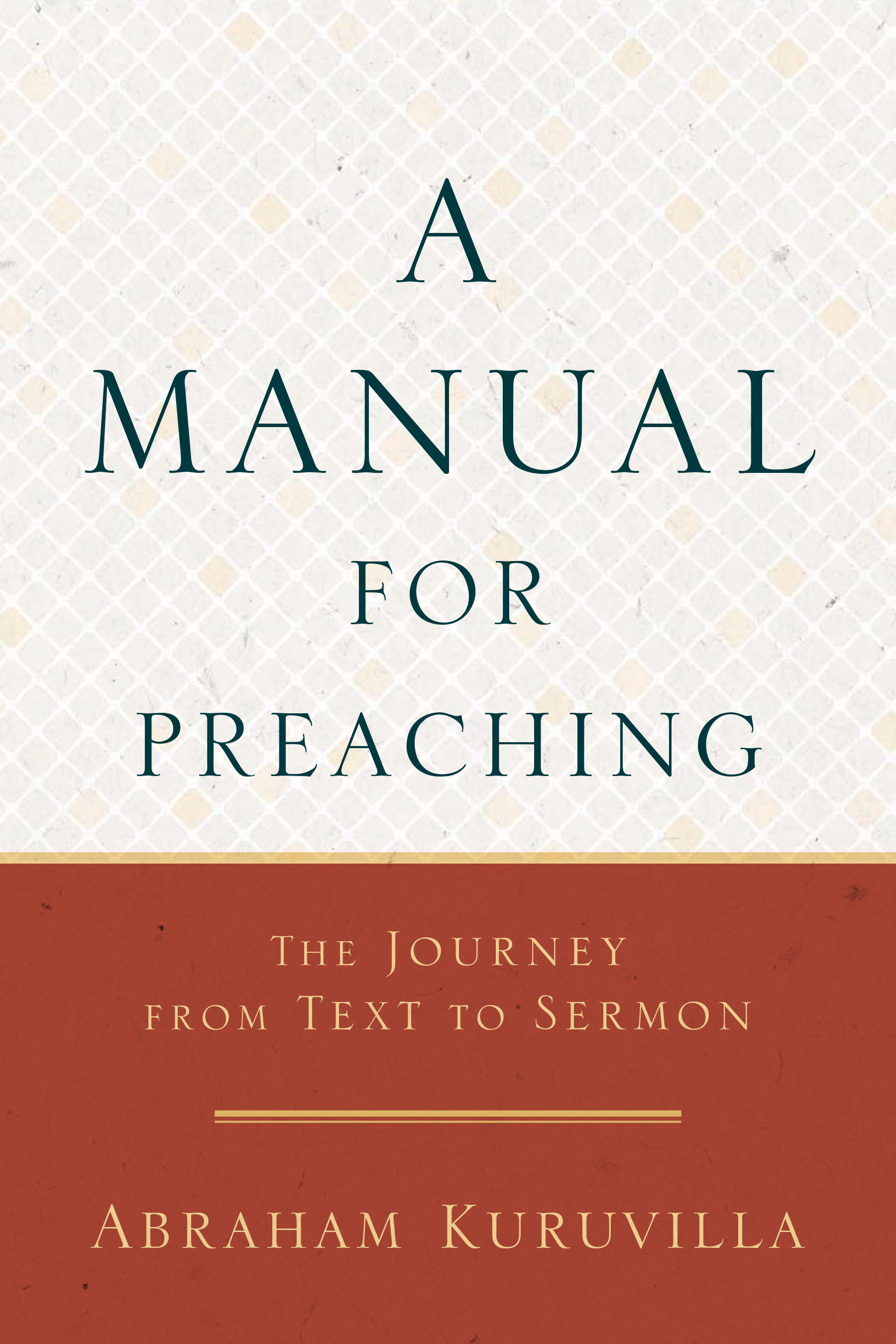Mark 14:1−11

Accepting the suffering mission of Jesus, disciples make sacrifices that are profuse, pure, precious, and praiseworthy.
“A good deed she has done to Me.”
Mark 14:6
This is another of Mark’s sandwiches, with an outer story (the betrayal of Jesus; 14:1–2, 10–11) and an inner story (the anointing of Jesus; 14:3–9).
Jesus, unlike the religious leaders in Jerusalem, is in Bethany; Indeed, he seems to have deliberately made his way to the house of one banned from the Temple—a leper (1:40–44). But suddenly, the cozy meal is interrupted (14:3). It appears the woman was not an invitee: she arrived as the guests were already well into the meal. And she proceeded to do the unexpected to someone who was not her guest, and in a place that was not her house—hers was no ordinary gesture. It was no ordinary gift either, and Mark takes pains to describe its character with four genitives (jar of ointment, of nard, of purity, of value; 14:3), an eloquent and emphatic assertion of its substantiality and the incredible magnitude of its worth. Later (14:5) one finds it was valued at more than 300 denarii—a year’s wage of your average laborer, an astounding sacrifice. No wonder the onlookers called it a waste. Considering that, for a woman, this might have been her entire nest egg for the future, makes this act all the more striking. The absolute irrevocability of her donation is stressed in the shattering of the alabaster jar (14:3), a detail only Mark notices among the four Evangelists. Again the immensity of the woman’s sacrifice and devotion are underscored: this was a gift that was profuse (the entire jar), pure (of high quality nard), and precious (a year’s income).
“Some,” however, find the woman’s act objectionable and demur indignantly (14:4)—including, surely, Jesus’ disciples, who had been accompanying him on his journey to Jerusalem. Jesus’ response to the objections of the bystanders is that the woman had done a good deed (14:6). This woman, of all those gathered there, understood the gospel—i.e., the gospel in its broader sense of Jesus’ mission—and gave “what she had” for it. In Jesus’ mind, this woman grasped that “you do not always have Me” (14:7). In fact, he explicitly commends her for anointing his body for the burial (14:8). She understood more about the suffering mission of Jesus than anyone else. While the religious leaders in the outer story are plotting to kill, even those following Jesus apparently never comprehended the next phase of Jesus’ mission—his death. That his disciples never got it is clear from their bemused and self-enamored responses to Jesus’ three Passion Predictions (8:31; 9:31; 10:33–34). This woman, on the other hand, understood exactly what Jesus was about. A male, named disciple, betrays (“gives over,” 14:10–11) Jesus to death, getting money. This female, unnamed “disciple” anoints Jesus for death, giving up “money.” And it is her action that finds praise in Jesus’ eyes (14:9).
She would be spoken of everywhere, but strikingly, she says not a word in this story. Rather, the woman opens her heart in a wordlessly eloquent gesture of extravagant sacrifice. And, anonymous and silent, she would be part of the universal good news, for this is what the gospel, in its larger sense means: to discern, accept, and be faithful to Jesus’ mission, giving one’s all for it. She had understood, she had responded, she had given her all.
Will we?











 Abe Kuruvilla is the Carl E. Bates Professor of Christian Preaching at The Southern Baptist Theological Seminary (Louisville, KY), and a dermatologist in private practice. His passion is to explore, explain, and exemplify preaching.
Abe Kuruvilla is the Carl E. Bates Professor of Christian Preaching at The Southern Baptist Theological Seminary (Louisville, KY), and a dermatologist in private practice. His passion is to explore, explain, and exemplify preaching.